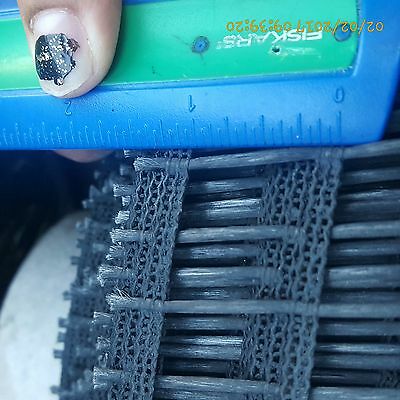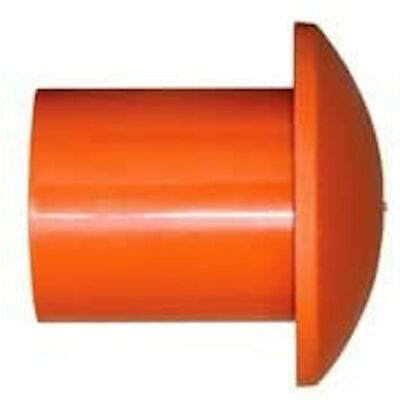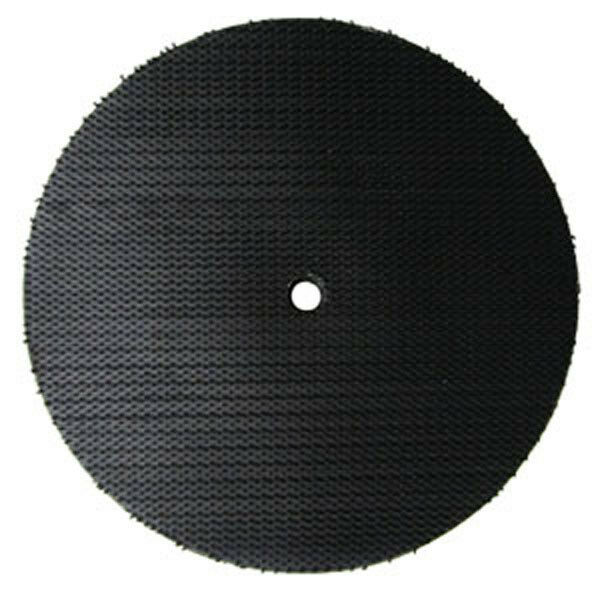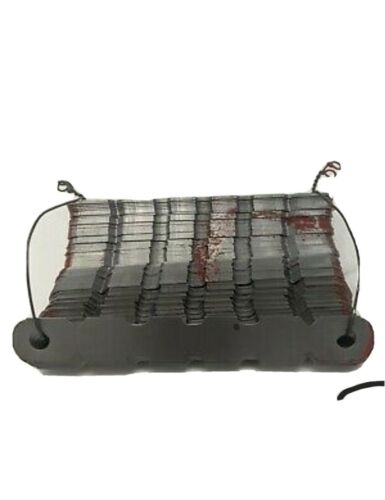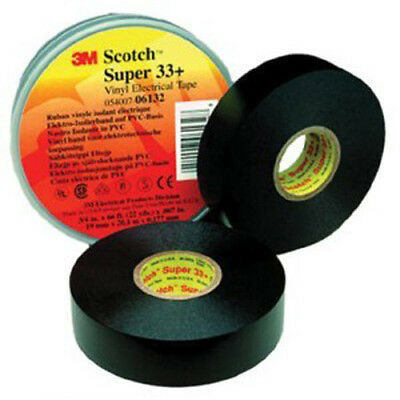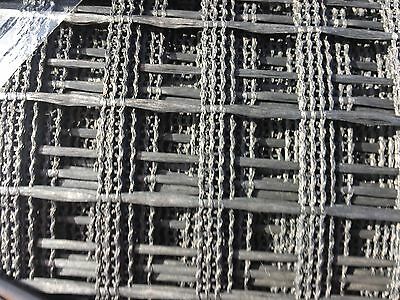-40%
Geogrid stratagrid 150 4'x100' REINFORCING MESH fabric RETAINING WALLS
$ 47.52
- Description
- Size Guide
Description
This order if for a geogrid roll that is 48" by 100 feet long.DO NOT OVERLAP seams. Lay side by side.
THIS VERISON IS ONE OF THE STRONGEST OF ALL THE Geogrids. It is designed for retaining walls of 6' or less. Hole size is 1"
Can be used with both Versalok Blocks or any retaining wall blocks.
Shipping is done via Fedex ground. NO shipping to any po boxes or apo. Sorry, NO SHIPPING outside the lower 48 states.
Building a wall that needs geogrid to reinforce the soil and stabilize your wall?
Engineered for durability and long life, Stratagrid geogrid is a high-performance
soil reinforcement
composed of high-molecular-weight, woven polyester yarns with a polymeric coating.
Strata grid is lightweight and easy to install. It’s flexible, with virtually no memory, so it lays flat after being unrolled. Just unroll and make sure the Stratagrid is rolled out continuously, perpendicular to the wall face.
How Geogrid Works
The geogrid-reinforced soil mass becomes part of the retaining wall system, giving the wall system more size and weight to resist pressures from behind it.
Above: Retaining Wall with Reinforced Soil, Cross Section.
As a wall gets taller, it needs longer geogrid lengths to increase the size of the geogrid-reinforced soil mass. Also, taller walls need more layers of geogrid and stronger geogrids to internally hold the reinforced soil mass together and to properly connect wall.
Wall Heights that Require Geogrid Soil Reinforcement
proper drainage), see the notes for each VERSA-LOK unit type on our
Estimating Geogrid Quantities
The length, vertical spacing, number of layers and strength of the geogrids needed will vary with each wall project, depending on wall height, loading, slopes, and soil and water conditions.
How to Install stratagrid Soil Reinforcement
This is basic overview of strata-Grid installation portion of wall installation. It is not a complete guide.
1. The wall installation, including geogrid installation, should be done in accordance with the project-specific final wall design and specifications, prepared by a qualified, licensed professional engineer (P.E.) and any applicable building codes and standards. Prepare to install strata Grid by placing backfilling and properly compacting soil fill and
drainage aggregate
up to the height of the first (lowest) soil-reinforcement layer that is specified on the final, professionally engineered construction drawings (P.E. stamped plans) (Figure 1, below). Several layers (lifts) of soil fill will need to be placed and then compacted to reach the height of the first geogrid layer elevation. Note that the maximum allowable thickness for loose soil lifts, before compacting, varies with type of backfill soil and
compaction
equipment used.
2. Lay strata-Grid on top of the properly compacted backfill, drainage aggregate and blocks by unrolling it perpendicular to the wall. The geogrid strength is in this roll direction. Keep the front edge of the grid one inch behind the front face of the wall, so that the grid completely covers the holes and slots in the block units (Figure 2, below). Using a scissors or knife, cut to the length shown in the final wall design plans.
3. Placing geogrid behind curves and corners requires special layout and overlapping procedures. Never overlap geogrid layers without soil in between the layers; always provide at least three inches of soil fill between overlapping geogrid layers. Slick surfaces of the grid will not hold in place properly when placed directly on top of each other.
4. Correctly position the next
course
of block units on top of the grid. Insert two pins per unit in the upper units. Drive the pins through the grid and into the receiving slots of the lower-course units. Use an extra pin and a mallet to set the pins firmly in the lower-course units.
5. Remove slack by pulling the grid backward from the wall face and anchoring at back edge. Place drainage aggregate against back of units and on top of strata-Grid. (Figure 3, below).
6. Place and compact the drainage aggregate. Then place and compact soil backfill above the geogrid, starting at the wall units and working back, keeping the geogrid taut to avoid wrinkling. (Figure 4, below).
7. Place a minimum of six inches of soil backfill over the geogrid layer before using any rubber-tired or tracked equipment on top of it. Prevent fill movement and grid damage by driving equipment slowly and turning gradually. Use only hand-operated compaction equipment within three feet of the wall face to avoid excessive equipment loads and possible movement of wall units.
8. Continue placing additional courses, drainage material, compacted soil backfill and strata-Grid according to final wall design drawings. Only a few courses of units should be stacked before backfilling. The number of courses that can be stacked without backfilling and the methods for placing additional units varies with the type blocks.
